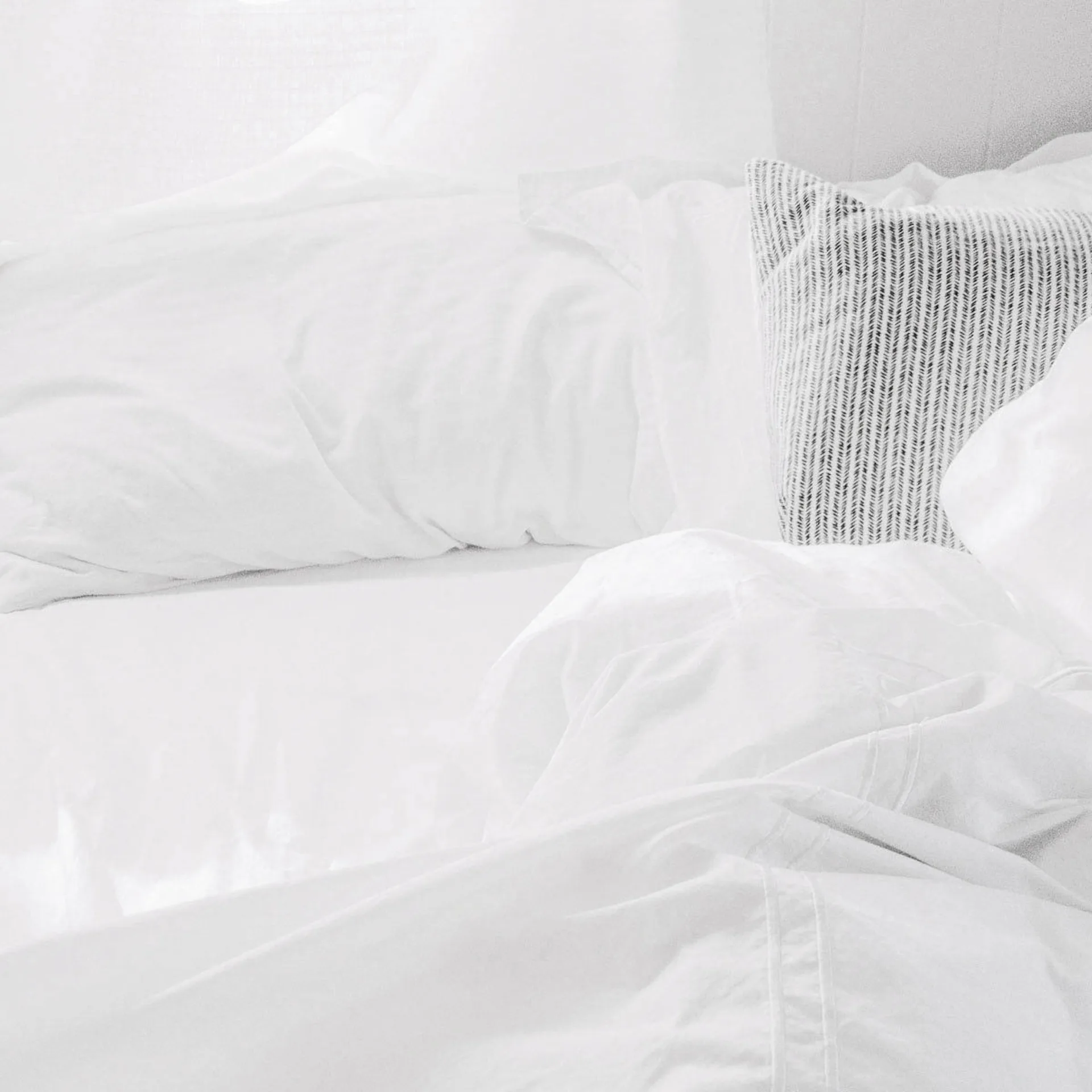This Winemaker in Tuscany Switched to Biodynamic Wine and You’ll Be Happy She Did

If you’re on the lookout for something to pair with your favorite organic grilled dishes this summer, may we suggest an Avignonesi? The light flavor of this sustainable wine from Tuscany goes perfectly with many of summer’s grilled dishes, and the values of the makers of this biodynamic wine are sure to strike a chord.
We sat down with owner Virginie Saverys to discuss the story behind this delicious wine.

Avignonesi, a historic Tuscan winery with almost 500 acres of vineyards, was acquired by Saverys in 2009. With no specific winemaking experience, Saverys went back to school, specifically with the University of Bordeaux, and chose her team carefully, before starting to produce her biodynamic wine.
As a lover of organic and biodynamic foods, Saverys says that there was no question as to how she wanted to run the vineyard — she purchased the estate with biodynamic winemaking in mind. The question became, then, whether to produce a biodynamic or an organic wine; she very quickly settled on the former.

“I chose biodynamics over organic viticulture, as it is a more proactive approach, which tries to foresee and prevent problems in the vineyard, instead of treating them when they occur,” Saverys says.
Biodynamic winemaking, by its very definition, is about seeing a vineyard as a whole. An organic certification is a great step towards sustainability, as organic growing eliminates the harmful additions to winemaking that chemical agriculture have made commonplace, but Saverys found that the holistic nature of biodynamics spoke to her even more.
“Biodynamics also force you to become an observer of nature, as the full effect of applying the preparations depends on how well you know your plants,” she says.

Along with an experienced winemaking team, Saverys put many different biodynamic and sustainable solutions into practice, including growing cover crops, preparing and applying different biodynamic preparations, and using herb sprays and pheromone traps to stave off vermin. And while biodynamic farming is a lot of work, Saverys says that it’s well worth the effort.
“It inspires our entire team of vineyard workers to develop a deeper respect and sensibility towards the work environment,” she says. “Our chief agronomist defines himself a ‘foot soldier of the vineyard.’ How cool is that!”

Today, Saverys produces eight different bottles, not including grappa and vin santo. For the summer grilling season, she recommends the 2012 Vino Nobile di Montepulciano, which we were able to try for ourselves.
At $29, the medium-bodied red, made from 100 percent Sangiovese grapes, is a relatively good bargain, something that Saverys wanted to ensure. While organic and biodynamic practices can be more expensive to realize, Saverys uses machines wherever possible to reduce manpower and avoids spending money on conventional treatments, reducing her overhead.
“At the end of the day, while biodynamics may seem like the more expensive choice, it is nonetheless a sustainable choice,” she says. “I believe Vino Nobile hits a nice “sweet spot” on the market right now, both quality wise and price wise, and I want as many people as possible to become acquainted with it.”

The traditional pairing for Sangiovese, according to Saverys, is a savory pasta sauce or red meat. While we’re sure the former will be fantastic come fall or winter, as far as summer grilling is concerned, a red meat choice was ideal to play off the Sangiovese’s nice acidity.
We paired it with a rack of lamb coated in a mustard and herb crust and an appropriately Italian tricolore salad with arugula, spinach, radicchio, endive and savory Parmesan cheese.

As promised, the wine is fresh and very drinkable, with notes of red fruit, berries, and savory herbs. The wine has an excellent depth and a nice, long finish that makes it ideal for pairing with savory, flavorful meats like lamb, and it pairs just as well with the umami complexity of the Parmesan cheese.
But this is far from the only possible pairing for this wine. According to Saverys, the wine would pair well with a cold summer spelt salad. She suggests one made with mature tomatoes, capers and anchovies; we think it would be just as tasty with our spelt salad with pickled red onions.
Saverys also votes for the non-traditional pairing of this wine with spicy Sichuan cuisine. Perhaps it’s this fresh perspective that has given Saverys the ability to take this project to such great heights.
“I know that many people thought I was crazy when they heard that I wanted to convert a historic Tuscan winery such as Avignonesi, with almost 500 acres of vineyards, into a biodynamic winery,”she says. “I believe that we are slowly but surely proving that we made the right choice.”
Related on Organic Authority
Organic Languedoc Wines: France’s Hidden Wine Treasure
Sustainable Types of Wine: A Green Drinker’s Guide
The Sustainable Winery: 7 U.S. Wines You Can Feel Good About Drinking
All images care of Avignonesi or Emily Monaco

